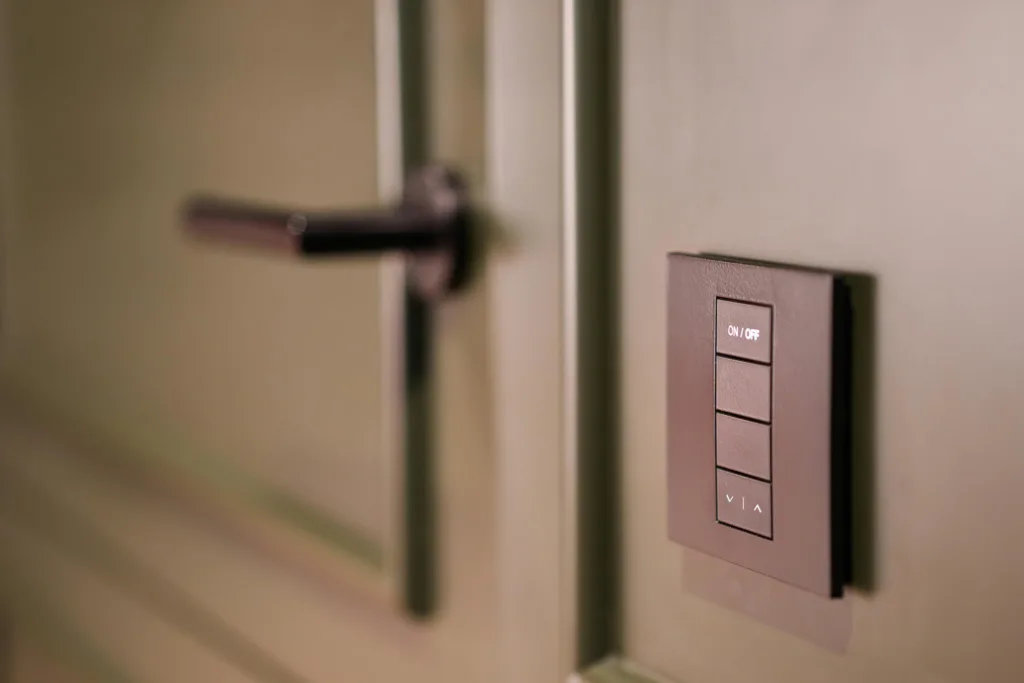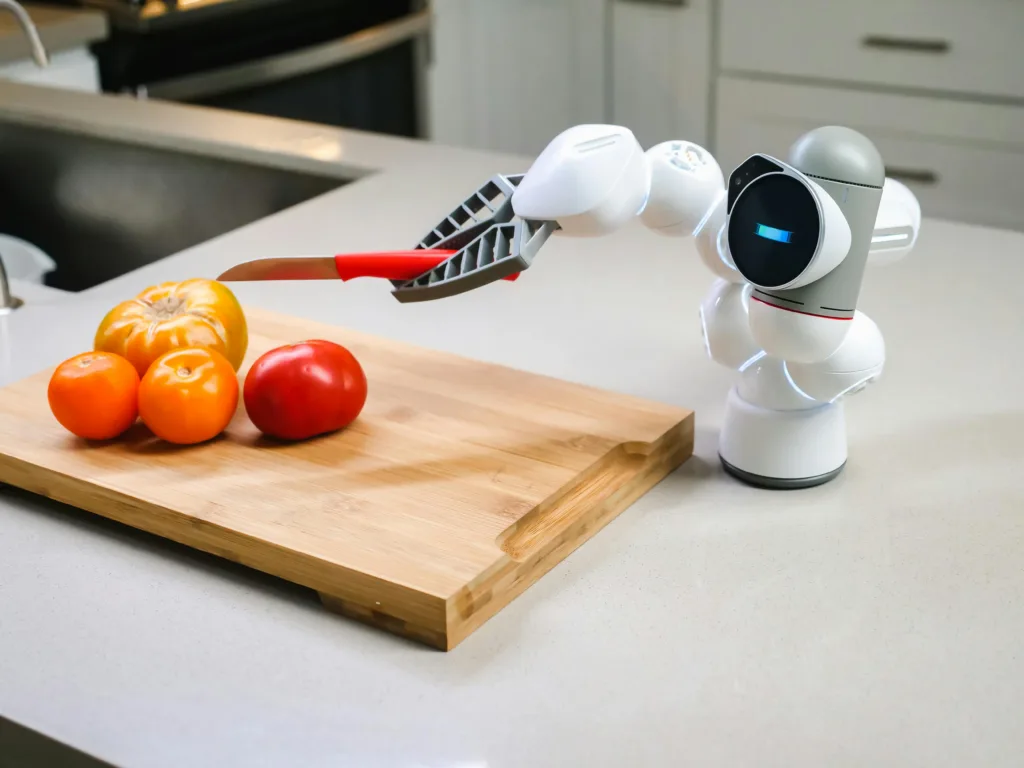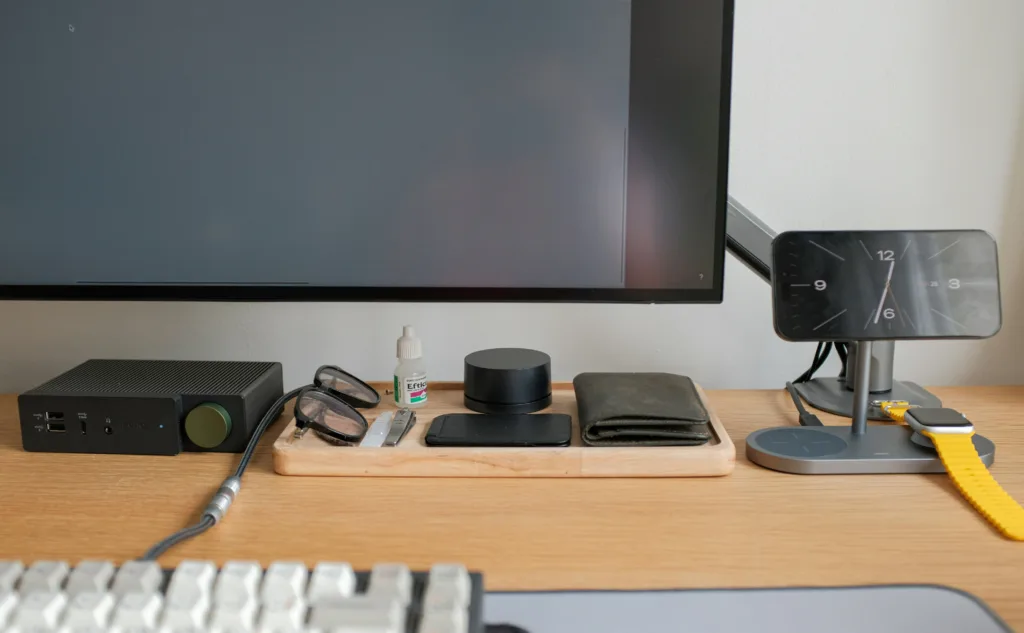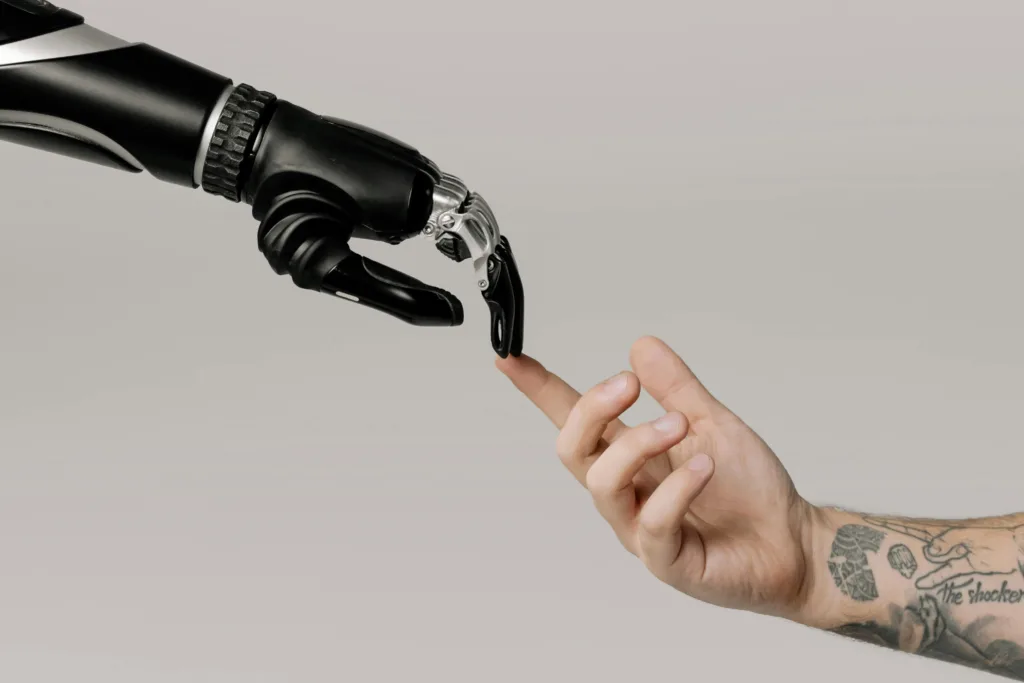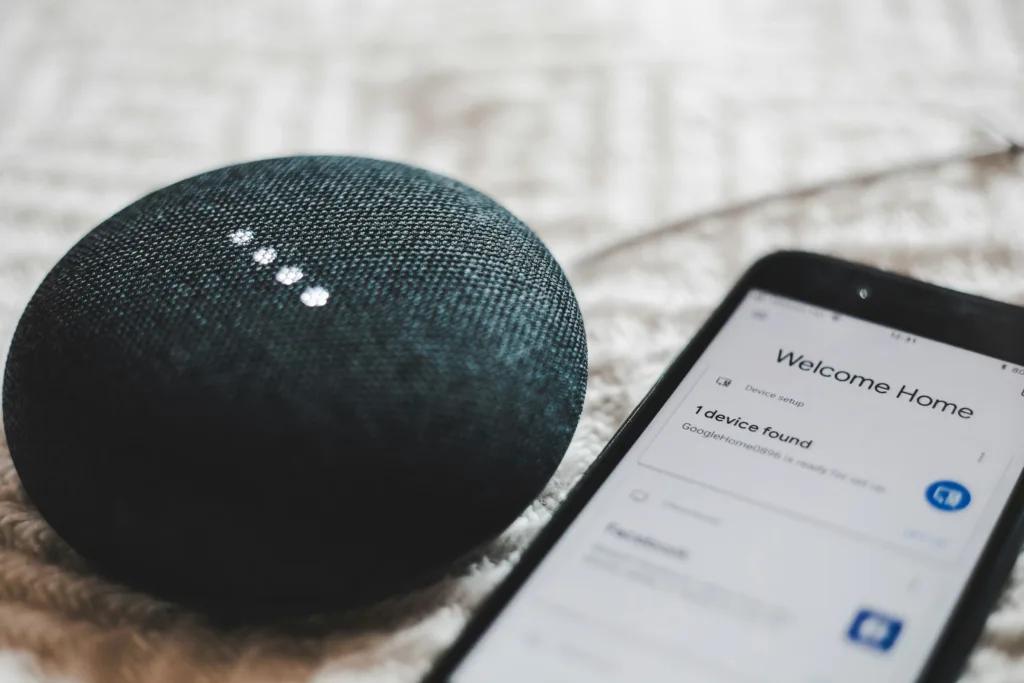
Technology has now entered our homes and its concept has become more sophisticated in that it aimed at making homes intelligent through the use of gadgets that improved the convenience of homes, their efficiency and security. But, similar to any other technological innovation, smart homes have their unique flaws in their innovation. So, is Smart home that great? Let’s figure out! Smart homes come with their own benefits and drawbacks and in this article, I am going to detail out everything to assist you in making a decision.
The Pros of Smart Homes
Smart homes have a variety of pros. According to recent statistics, 79% of consumers believe that smart home devices have improved their quality of life.
Convenience and Automation
- Voice Control and Automation
- Voice Assistants: Smart home devices such as amazon Dot, Google Home, and Apple’s home pod enable you to control many aspects of your house through voice commands without having to physically get up. Some of the functions include reminder notifications, musical alarms, lights, and weather forecast are controlled by just voice commands.
- Automation Routines: Smart home ecosystems allow people to schedule settings profiles. For instance you can coordinate such commands as turning off lights, the AC to reduce power and doors to lock when you say “good Night”.
- Task Management: They are capable of handling routine operations including programming of cooking timers, preparing shopping agendas, calendar and time management.
- Remote Access
- Smart Home Apps: Homeowners also can use the latest touch screen smart devices such as Google Home, Apple HomeKit, and Samsung SmartThings for remote control of smart devices in a home. Regardless if one is at work or during his/her trips, he/she can determine the status of his/her devices and make the necessary changes.
- Geofencing: Certain smart home systems employ geofencing so that actions are carried out when you are at a specific location. For example, your home can wake up and set the thermostat before you get home and then perhaps turn on the lights as you approach.
Energy Efficiency
- Smart Thermostats
- Adaptive Learning: These smart thermostats include Nest Learning Thermostat and Ecobee, these simply learn your daily routine and tend to change the temperature to the most appropriate one that you would prefer. Research indicates that the application of these could reduce heating by 10-12 percent and cooling by 15 percent (nest).
- Energy Reports: Most of the smart thermostats offer energy usage reports that assist a user to comprehend power management.
- Smart Lighting
- LED Smart Bulbs: LED bulbs are intrinsically more efficient than incandescent bulbs which have been used in homes for many years. Smart versions are automatic and can be set to shut when they are not needed or to change depending on the available light.
- Smart Switches and Dimmers: These devices provide other additional features such as setting the time at which you want lighting, regulating the intensity of your bulbs, and even the number of bulbs of your choice to tune to change to provide different moods.
- Smart Plugs and Power Strips
- Energy Monitoring: Smart power plugs and sockets can tell you how much energy has been consumed by any device connected to the outlet and can even advise on which devices are HEAVY users of power.
- Automation:These devices can switch off these appliances when not in use, and this will go a long way in saving energy which has not been used.
Enhanced Security
- Smart Locks and Cameras
- Remote Access: Smart locks include the ability to Program a door and even lock and unlock it from a distant place which can be so useful. Some even allow for the creation of temporary numerical codes for guests or for a service provider, for instance.
- Real-Time Alerts: Security cameras and doorbells such as Ring and Arlo have features that make them give alerts as soon as it recognizes motion. These devices provide HQ video quality, vision in a dark environment, and both parties speak to each other, improving the security of your house.
- Facial Recognition: Modern cameras are able to detect familiar faces, so you will know if the person at the door is a stranger or inform you in detail about the person standing at the threshold.
- Integrated Security Systems
- Comprehensive Solutions: With solutions offered by ADT or Vivint, for instance, the cameras, sensors, alarms, and smart locks are put into one system. Such integration enhances effective and efficient cooperation of all components to deliver prominent security solutions.
- Professional Monitoring: Most of these systems come with monitoring services that guarantees quick response to incidents even when in the absence of the occupants.
Health and Wellness
- Air Quality Monitors
- Real-Time Monitoring: Air Purifiers which include the Awair Element and even the Dyson Pure Cool constantly sample indoor air and test for particulate matter and gasses such as dust, pollen, and VOCs.
- Recommendations: These monitors give advice to enhance the quality of indoor air with the suggestions like letting fresh air inside the house or using air cleaners.
- Smart Beds and Fitness Trackers
- Sleep Tracking: Smart beds from brands like Sleep Number adjust firmness and track sleep patterns to improve your sleep quality. These beds can also provide insights into your sleep stages, helping you understand your sleep health.
- Health Monitoring: Fitness trackers can monitor vital signs, activity levels, and even stress, providing a comprehensive overview of your health and wellness.
The Cons of Smart Homes
Cost
- Initial Investment
- High Costs: The initial investment for smart home technology can be significant. For instance, high-end smart refrigerators, smart ovens, or comprehensive security systems can each cost several thousand dollars.
- Upgrade Requirements: Keeping up with the latest technology can be costly, as new devices and features are continually released.
- Subscription Fees
- Ongoing Costs: Most of the smart home systems are associated with recurring charges for aspects like cloud-based storage, extras or professional monitoring. For instance, Nest Aware and Ring Protect plans include more video history features and better alerting but at a monthly or annual cost.
Privacy and Security Concerns
- Data Privacy
- Data Collection: Smart home devices store data on the way they are used, what they are used for, and often audio from the space. This has implications as to how this data is used, and who gets to use, and or be in possession of this data.
- Incidents: There are reports of hackers gaining access to smart home technology to such things as gaining unauthorized access to smart home related technology systems. The FTC has offered guidelines on how to secure smart home devices namely, the FTC on Smart Home Security.
- Cybersecurity Risks
- Hacking: Smart home devices are vulnerable to being hacked. Infected devices and posing a security risk that allows unauthorized access to your home network and other unique information.
- Network Security: In general, it is highly advisable that all home networks should have a strong password and encryption; however, for an average person, it might be out of their league.
Compatibility Issues
- Ecosystem Lock-In
- Brand Compatibility: It is important to know that different brands and different devices will not always support each other. For instance, while Google Home is compatible with some devices, Apple HomeKit might not be as compatible, thereby narrowing down your options.
- Proprietary Systems: Several organizations build environments that can only be used within a particular brand; this means that consumers have to stick to a single environment for everything to be compatible.
- Technical Challenges
- Complex Setup: While heralding an era of convenience and comfort, the process of implementing a smart home could be challenging and very time-consuming most especially to those who are not so familiar with the internet of things technology. Networking and assurance of devices as well as their compatibility typically call for some form of knowledge in this area.
- Maintenance: Smart home systems are not easy to maintain and even when there is a problem, it may not be easy to solve it. New software, problems within the device, blinks, and connectivity problems may always deserve some attention.
Reliability
- Dependence on Internet
- Connectivity Issues: Many smart devices rely heavily on a stable internet connection. Any disruption in service can render your smart home devices ineffective, limiting their functionality.
- Cloud Dependency: Some smart home functions depend on cloud services. If these services experience outages, your smart home capabilities can be compromised.
- Software Bugs and Updates
- Frequent Updates: Smart home devices require regular software updates to ensure they function properly and securely. These updates can sometimes introduce new issues or temporarily disable features.
- Bug Risks: Like any software, smart home applications and firmware can have bugs that affect performance and reliability.
Conclusion
Smart homes offer a blend of convenience, efficiency, and security that can significantly enhance the quality of life. However, potential drawbacks like high costs, privacy concerns, and technical challenges need to be carefully considered. By weighing the pros and cons and staying informed about the latest developments, you can make an educated decision on whether a smart home is right for you.
Read more about Smart Homes:
